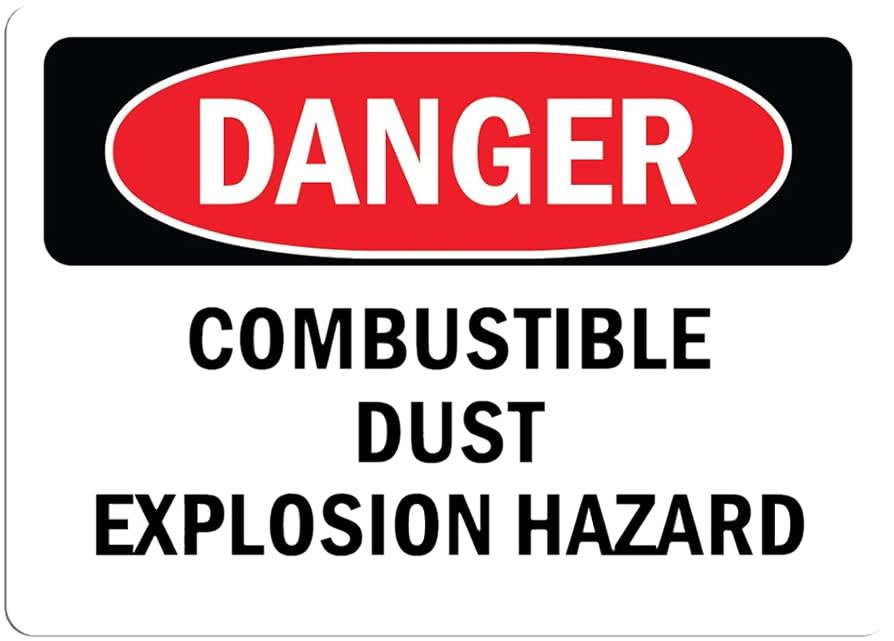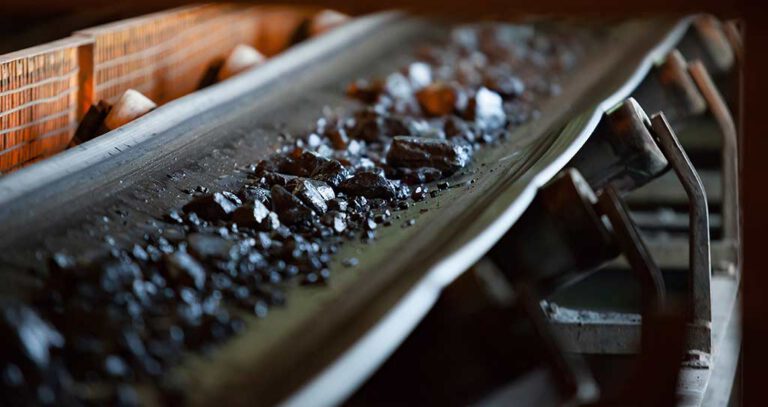Understanding Combustible Dust:
To effectively address the significant issue of combustible dust in the workplace, it’s important to understand both the nature of the hazard and the steps necessary for compliance with Occupational Safety and Health Administration (OSHA) standards.
Understanding Combustible Dust:
Combustible dust is defined by OSHA as fine particles that pose an explosion hazard when suspended in air under certain conditions. This can include a variety of materials:
- Metal dust (aluminum, magnesium, some iron forms)
- Wood dust
- Coal and carbon dusts, including carbon black
- Plastic dust, phenolic resins, and additives
- Rubber dust
- Biosolids
- Organic dust (sugar, flour, paper, soap, dried blood)
- Certain textile materials
The danger is often underestimated, as many Safety Data Sheets (SDSs) don’t fully highlight the combustibility of these materials. In fact, 41% of SDSs reviewed by the Chemical Safety and Hazard Investigation Board (CSB) didn’t warn about explosion hazards, and most of the remaining 59% either placed this information inconspicuously or lacked specific details about combustible dust hazards.
The Dust Explosion Pentagon:
For a dust explosion to occur, five conditions must be present:
- Combustible dust (fuel)
- Ignition source (heat)
- Oxygen in air (oxidizer)
- Dispersion of dust particles in sufficient quantity and concentration
- Confinement of the dust cloud
Eliminating any of these elements can prevent an explosion.
High-Risk Industries:
New industries have been categorized as high-risk for combustible dust incidents, leading to increased OSHA inspections. These include commercial bakeries, printing ink manufacturing, lumber processing, leather tanning and finishing, truss manufacturing, and grain and field bean wholesalers.
What is an OSHA Inspection?
An OSHA inspection typically involves three stages:
- Opening Conference: OSHA inspectors present credentials and explain the inspection’s scope.
- Walk-Around: Inspectors review the worksite, looking for hazards.
- Closing Conference: Discusses potential violations and corrective actions.
Inspections can be triggered by various factors, including employee complaints, and can extend over days or months.
Preparing for a Combustible Dust Inspection:
To prepare for an OSHA inspection, especially concerning combustible dust, employers should:
- Proactively manage workplace safety to reduce the chance of inspections.
- Develop and implement a comprehensive combustible dust safety program.
- Ensure that all employees receive proper training on combustible dust hazards.
- Maintain up-to-date safety programs and train workers on applicable OSHA standards.
If Non-Compliant with OSHA Standards:
For companies without a dedicated safety officer or needing additional support, considering outside safety consulting services may be beneficial. However, it’s crucial to ensure that these services provide more than just generic safety programs. Tailored safety programs and comprehensive training are essential for true OSHA compliance and worker safety.
Conclusion:
Addressing combustible dust hazards requires a thorough understanding of the risks, proper training, and a proactive approach to workplace safety. Whether through internal resources or external consultancy, the focus should always be on maintaining a safe working environment in compliance with OSHA standards.
Here is a great collection of OSHA resources to reference about Combustible Dust:







